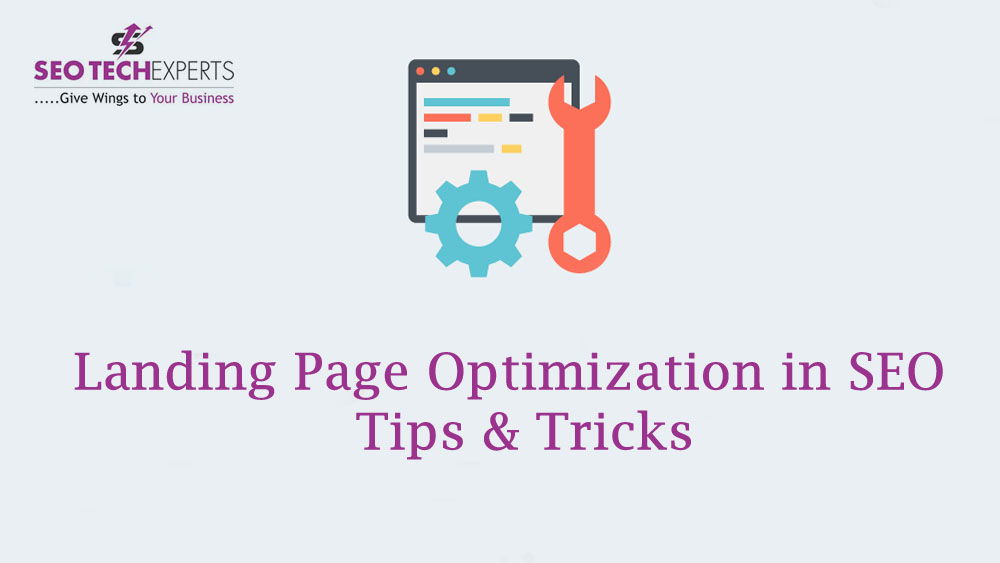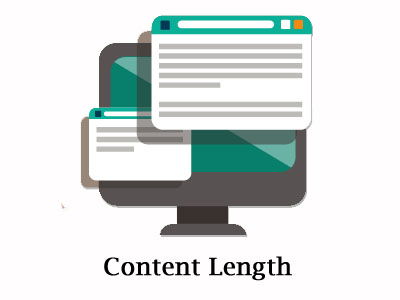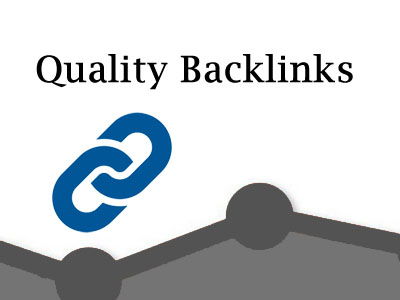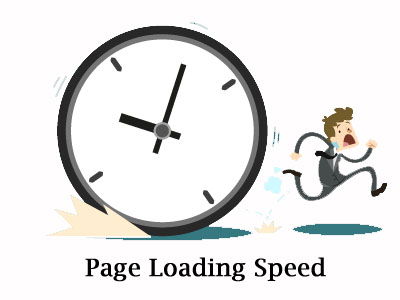Landing Page Optimization in SEO - Tips & Tricks
Landing page holds a critical role in digital marketing. A well designed landing page is potent of converting leads. As it aims to attract and engage visitors with your site, be it reading, commenting, sharing feedback, buying your product or service, etc.
Crafting a beautiful and attractive landing page with bold headlines, convincing text or inviting call-to-action buttons for your campaigns and website pages is not enough. You cannot miss on the essential component that is “Targeted Audience”. Any landing page works well when it is designed for the audience. A marketing strategy focused on customer engagement will end up landing more visitors on your page.

Landing Page in SEO
Optimizing landing page in SEO is a digital marketing strategy to appeal both users and search engines. The motive is to attract visitors to engage with your site and convince search algorithms that your site is offering valuable content to the searchers. For this, a specific in-depth content is optimized into the portal for keyword areas.
Let us look at the steps in which you can design an engaging SEO landing page.
Crafting Your SEO Landing Page

Step1: Publish URL to your domain
When you design your page using content management system (CMS), you have the option to publish your page URL either to the sub-domain of the service provider or on your own domain. It is recommended to opt for publishing on your domain. As, you receive small uplift in your page rank when search queries involve your targeted keywords.

Step2: Finding your keywords
The user terminology to find results of their query make the keywords. Finding appropriate keywords for your website can be difficult sometimes. Start listing all relevant terms and phrases a user could use to look for amenities you sell. Compare & combine these terms with the keywords of your site to reach more precise results.
With long-tail keywords, you can target more relevant searches for your site giving you comparatively high ROI. It will also enhance the ranking process.

Step3: Keyword Placement
Strategic placement of your keywords on the landing page plays a significant part in SEO ranking. Putting your keywords on the following destinations can boost your rank on SERP:
Meta Title: The blue text on search result page is the title tag. It plays a deciding factor of getting a click as it tells a searcher about the landing page. An informative title performs well. An inappropriate title line can increase the bounce rate of your page.
Meta Description: It is a small extract of the content below the blue title. A user generally reads the description before clicking oni to the link. It is important to write a clear description to show relevancy of your website content.
Header tags: Heading tags consist of a hierarchical order, starting from H1 and ending at H6. The page title is always written under H1 tag and subheadings under H2s, H3s and the subsequent ones.
Alt tags: It is used to give text description to an image to make it search engine friendly and increase its relevance. Adding your keywords to an image file will facilitate ranking of your page on SERP.

Step4: Content Length
Quality will always overrule quantity. Therefore, your focus should be on developing a quality content for your landing page. Content that is relevant to the search terms and is informative rather than bogus is the choice of search engines. Word count matters a bit and when you aim at providing informative content, words will automatically match the limits. Relevancy and user-oriented content will make Google bots to boost your ranking on SERP.

Step5: Quality Backlinks
Bringing more traffic to your page by making people link back to your site is a great way to uplift SERP rank. But it is important to secure your backlinks with quality content. Good words have the power to drive attention of the targeted audience. Also you can approach influencers in your area to link back to your site content. This way you can grab people’s attention and extend your reach. As high quality backlinks will provide more page and domain authority to your site.

Step6: Page Loading Speed
It plays a critical role in SEO ranking. A page that loads quickly without making the visitor wait performs well on SERP. As per surveys, an average user waits for about 2 secs for a web page to load. Thus, you need to keep check on your loading page time. Google Pagespeed Insights tool can assist you well in this task. It tells you about the performance of your web page on desktop and mobile devices along with areas that need improvement.
In general, you can reduce the page loading speed by adding small image files, using a faster web host and shutting all plugins.

Step7: Shareable Content
A shareable content gets more upvotes than a non-shareable one. When your post receive likes, comments, retweets and shares it is automatically going to make more impressions. This will increase familiarity of users with your brand.
